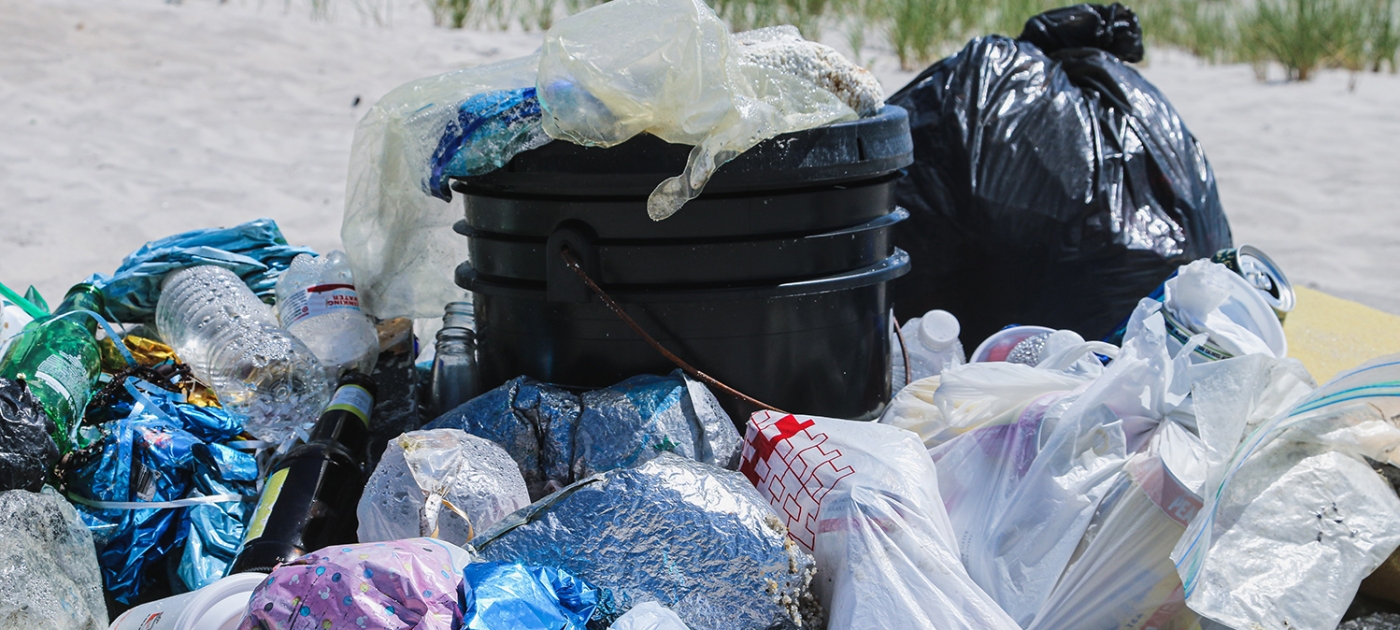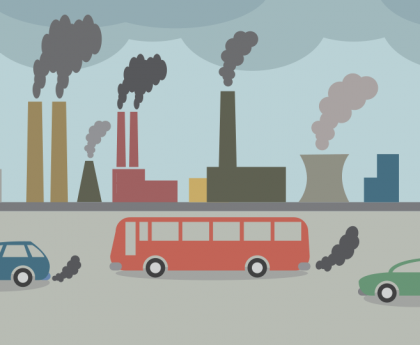Nairobi — Plastic pollution has emerged as a grave global concern, with experts in Environmental Justice, development, and law warning of its dire consequences for both human health and the environment. Almost all plastics—99.9%—are derived from fossil fuels, sounding the alarm about their impact on climate change. Throughout the lifecycle of plastic, from extraction to disposal, harmful greenhouse gases are released, contributing to global warming. Yet, the dangers of plastic extend far beyond climate concerns, scientists say.
Experts caution that the chemicals used in plastic production pose significant risks to biodiversity, particularly affecting people in developing countries. Exposure to these substances has been linked to concerning effects, including reproductive damage, increased cancer risks, heart and kidney disease, and even death.
During a recent media sensitization meeting, the Center for Environmental Justice and Development (CEJAD), highlighted the lack of transparency from industries regarding the specific chemical ingredients used in plastic production. This lack of openness undermines the effectiveness of plastic recycling as a waste management solution to tackle the issue of plastic pollution.
“How can we determine which plastics should be recycled and which ones should not if the manufacturers themselves are unaware of the plastic’s composition?” asked Dorothy Otieno, the Project officer at CEJAD.
Otieno further noted that during the recycling process, new products are created by reintroducing complex combinations of residual chemicals, which may include various additives.
“Even with various recycling methods, including incineration, these chemicals intermix and create complex cocktails that are extremely challenging to contain and control.” she said.
This practice exposes consumers, waste handlers and the public to further potential risks.
David Azoulay, a lawyer and director of environmental health at the Center for International Environmental Law (CIEL) concurs, stating that “the problem lies in the production of plastic.”
Azoulay, who joined the meeting virtually from Paris ahead of his participation at the second session of the Intergovernmental Negotiating Committee (INC) aimed at establishing scientific and policy frameworks and creating an international legally binding instrument on plastic pollution, stressed that this lack of transparency extends beyond manufacturers, who are often unaware of the specific additives incorporated into the plastic materials they utilize.
He highlighted the critical need for effective regulation of chemicals throughout the entire lifecycle of plastic production, product use, disposal, and downstream remediation.
The experts expressed concerns about the broader implications of this lack of disclosure.
“Access to this information is crucial for consumers and regulators to make informed decisions regarding the risks associated with plastics,” emphasized Aron Kecha, Environmental Scientist from CEJAD.
Kecha shared a significant case study conducted in various areas of Nairobi, including Dandora’s dumpsite, Ngara Market, and Mirema — a location connected to the “community cooker” project, which uses plastic waste as fuel. The study examined among other products, eggs from free-range chickens exposed to the burning of these plastics.
The findings revealed alarmingly high levels of hazardous chemicals called persistent organic pollutants (POPs) in the eggs, surpassing international safety standards. Some POPs found in the eggs, were eight times higher than the European Commission regulatory limit of 2.5 pg.TEQ/g fat.
The eggs from Dandora had the highest levels of POPs, followed by eggs from Ngara Market and Mirema.
Kecha believes that the development of a legally binding treaty on plastic, currently being pursued by the United Nations, holds hope for addressing this issue. This historic endeavor began in Nairobi in 2022, and negotiations and campaigns continue to shape its outcome.
As the World Environment Day 2023 draws near, with a focus on finding solutions to plastic pollution, under the hashtag #BeatPlasticPollution — campaigners emphasize that everyone has an active role to play.
“Plastic producers should provide detailed information about the chemicals used in their products and their potential toxicity,” says Griffins Ochieng, programs coordinator at CEJAD.
He said that consumers should also reconsider the alternatives to plastic and rediscover traditional options.
“Certain African Nations are already exploring innovative substitutes, such as sugarcane, banana leaves, and bamboo — What can we use instead of plastic as the health of both humans and the environment hangs in the balance?”




